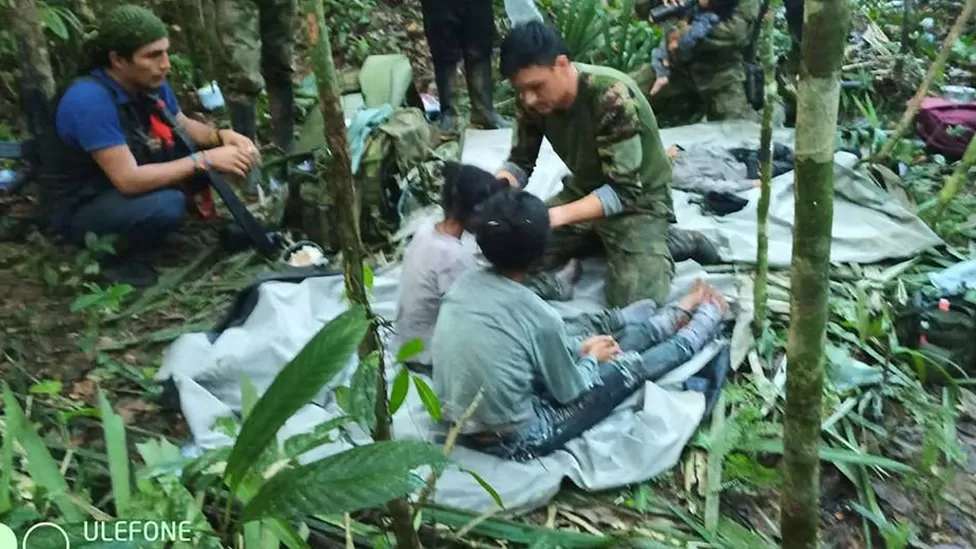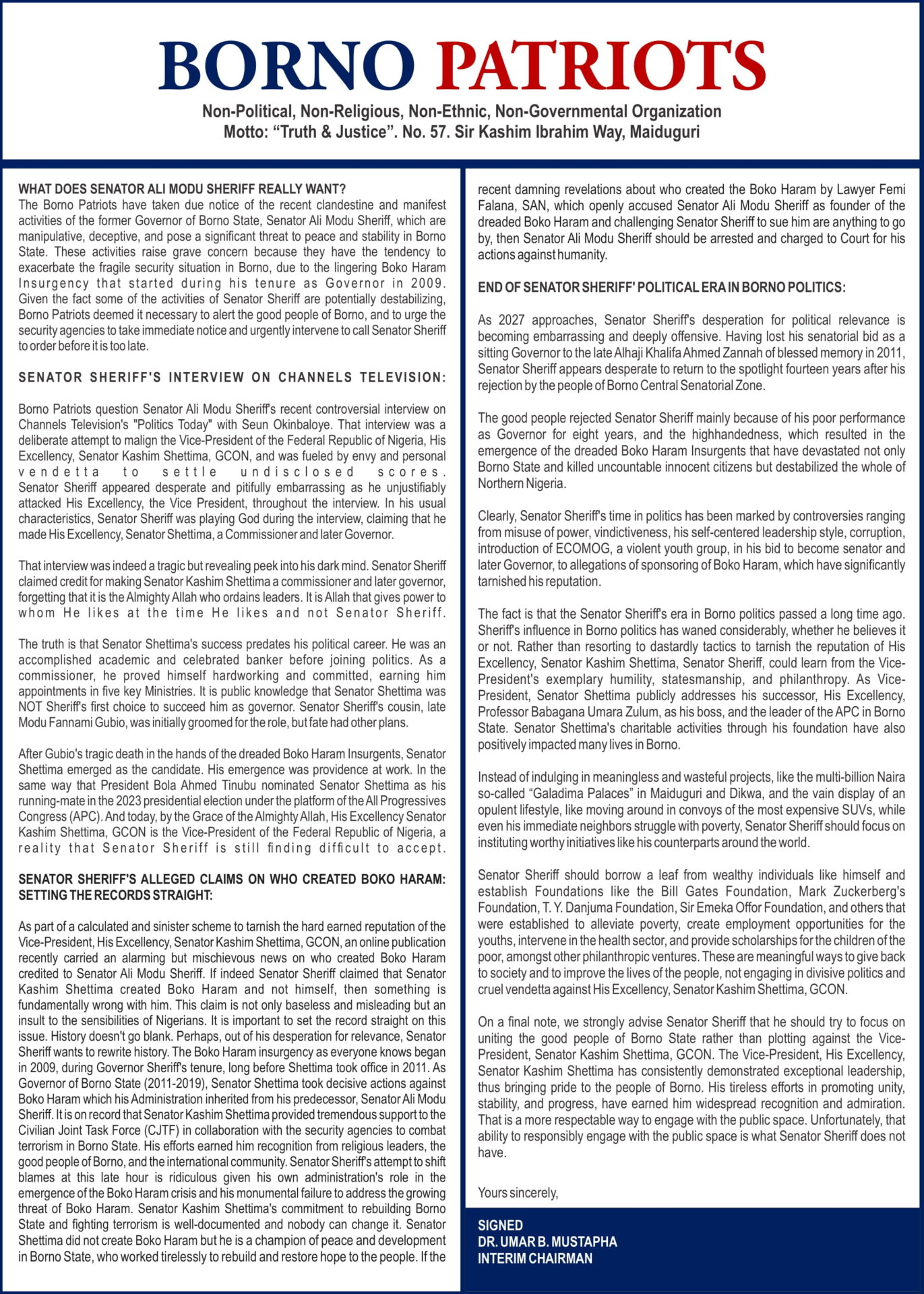ON Friday, in the dead of night at the heart of the Colombian jungle, army radios crackled to life with the message the nation had been praying for: “Miracle, miracle, miracle, miracle.”
The military code revealed that four children missing in the jungle for 40 days had all been found – alive.
The youngsters, all members of the indigenous Huitoto people, had been missing since the light plane they were travelling in crashed into the Amazon in the early hours of 1 May.
The tragedy killed their mother and left the children – aged 13, nine, four and one – stranded alone in an area teeming with snakes, jaguars and mosquitos.
Rescuers initially feared the worst, but footprints, partially eaten wild fruit, and other clues soon gave them hope that the children might be alive after they left the crash site looking for help.
Over the next six weeks the children battled the elements – and the odds – in what Colombia’s President Gustavo Petro called “an example of total survival which will remain in history”.
If there were ever children well-prepared to tackle such an ordeal, the Mucutuy family were them.
Huitoto people learn hunting, fishing and gathering from an early age, and their grandfather Fidencio Valencia told reporters that the eldest children, Lesly and Soleiny, were well acquainted with the jungle.
Speaking to Colombian media the children’s aunt, Damarys Mucutuy, said the family would regularly play a “survival game” together growing up.
“When we played, we set up like little camps,” she recalled. Thirteen-year-old Lesly, she added, “knew what fruits she can’t eat because there are many poisonous fruits in the forest. And she knew how to take care of a baby”.
After the crash, Lesly built makeshift shelters from branches held together with her hair ties.
She also recovered Fariña, a type of flour, from the wreckage of the Cessna 206 plane they had been travelling in.
The children survived on the flour until it ran out and then they ate seeds, Edwin Paki, one of the indigenous leaders who took part in the search effort, told reporters.
“There’s a fruit, similar to passionfruit, called avichure,” he said. “They were looking for seeds to eat from an avichure tree about a kilometre and a half from the site of the plane crash.”
Astrid Cáceres, head of the Colombian Institute of Family Welfare, said the timing of their ordeal meant the “the jungle was in harvest” and they could eat fruit that was in bloom.
But they still faced significant challenges surviving in the inhospitable environment.
Speaking to BBC Mundo on Saturday, indigenous expert Alex Rufino said the children were in “a very dark, very dense jungle, where the largest trees in the region are”.
And while there are leaves with which the children could purify water, he warned that “others are poisonous”.

“It is an area that has not been explored. The towns are small, and they are next to the river, not in the jungle,” he added.
In addition to avoiding predators, the children also endured intense rainstorms and may have had to evade armed groups said to be active in the jungle.
At one stage, the children were forced to defend themselves from a wild dog, President Petro said.
But Mr Rufino noted that a 13-year-old raised in an indigenous community would already possess many of the skills needed to thrive in such an environment.
John Moreno, leader of the Guanano group in Vaupes, in the south-eastern part of Colombia where the children were raised, said they had been “raised by their grandmother”, a widely respected indigenous elder.
“They used what they learned in the community, relied on their ancestral knowledge in order to survive,” he said.
As the search continued, officials in Bogota came under pressure over its slowness. President Petro faced criticism after his office falsely published a tweet saying the children had been found.
Authorities dropped 10,000 leaflets with survival tips written in Spanish and the indigenous Huitoto language, and helicopters blared messages from their grandmother from speakers to reassure the children they were being looked for.
But unbeknownst to the media, the army was coming increasingly close to finding the family. On several occasions rescue teams passed within 20 to 50 metres (66 to 164ft) of where the children were found, search commander Gen Pedro Sánchez said.






